.
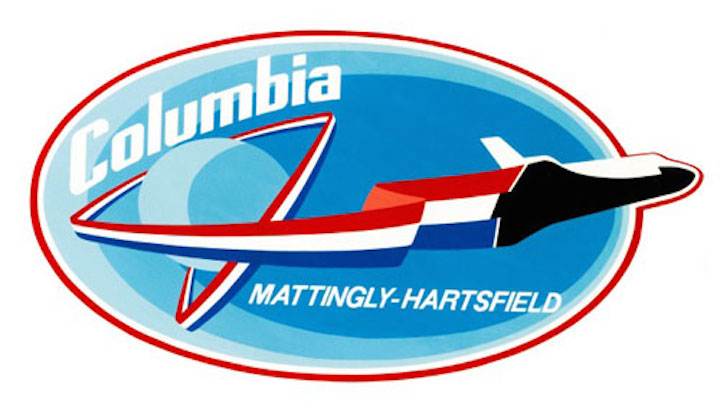
STS-4
Mission: Department of Defense/Continuous Flow Electrophoresis System (CFES)
Space Shuttle: Columbia
Launch Pad: 39A
Launched: June 27, 1982 at 11:00:00 a.m. EDT
Launch Weight: 241,664 pounds
Landing Site: Edwards Air Force Base, Calif.
Landing: July 4, 1982 at 9:09:31 a.m. PDT
Runway: 22
Rollout Distance: 9,878 feet
Rollout Time: 73 seconds
Revolution: 113
Mission Duration: 7 days, 1 hour, 9 minutes and 31 seconds
Returned to KSC: July 15, 1982
Orbit Altitude: 197 nautical miles
Orbit Inclination: 28.5 degrees
Miles Traveled: 2.9 million
Crew Members

Image above: STS-4 Crew photo with Commander Thomas K. Mattingly II and Pilot Henry W. Hartsfield, Jr. Image Credit: NASA
Mission Highlights The Final Space Transportation System research and development flight. In addition to classified Department of Defense payload, cargo included first Get Away Specials, (G-001) which contained nine experiments from Utah State University; first commercial experiment involving Continuous Flow Electrophoresis System (CFES); Monodisperse Latex Reactor (MLR); Induced Environment Contamination Monitor (IECM), which was deployed, and two Shuttle Student Involvement Program (SSIP) experiments. Crew performed medical experiments on themselves for two student projects, operated remote manipulator arm to swing IECM around orbiter, and took photos of lightning activity in Earth's atmosphere. Two solid rocket booster casings were lost when main parachutes failed and they impacted the water and sank. Some rainwater penetrated protective coating of several tiles while orbiter on pad. On orbit, affected area turned toward sun and water vaporized, preventing further tile damage from freezing water.
The Final Space Transportation System research and development flight. In addition to classified Department of Defense payload, cargo included first Get Away Specials, (G-001) which contained nine experiments from Utah State University; first commercial experiment involving Continuous Flow Electrophoresis System (CFES); Monodisperse Latex Reactor (MLR); Induced Environment Contamination Monitor (IECM), which was deployed, and two Shuttle Student Involvement Program (SSIP) experiments. Crew performed medical experiments on themselves for two student projects, operated remote manipulator arm to swing IECM around orbiter, and took photos of lightning activity in Earth's atmosphere. Two solid rocket booster casings were lost when main parachutes failed and they impacted the water and sank. Some rainwater penetrated protective coating of several tiles while orbiter on pad. On orbit, affected area turned toward sun and water vaporized, preventing further tile damage from freezing water.
---
NASA-Video-Frams von STS-4 Columbia Mission:
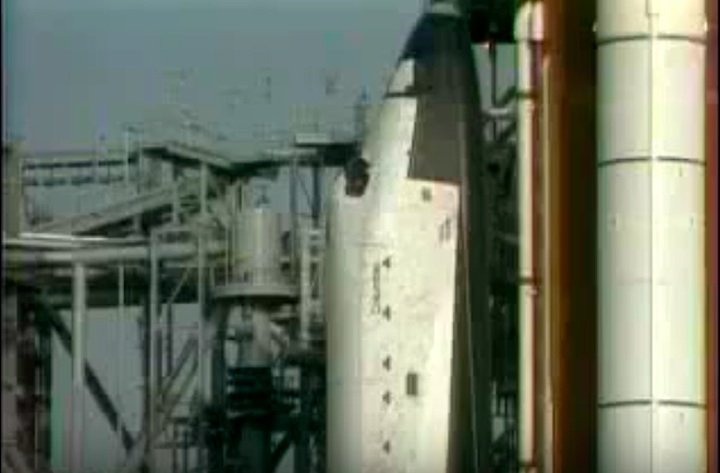
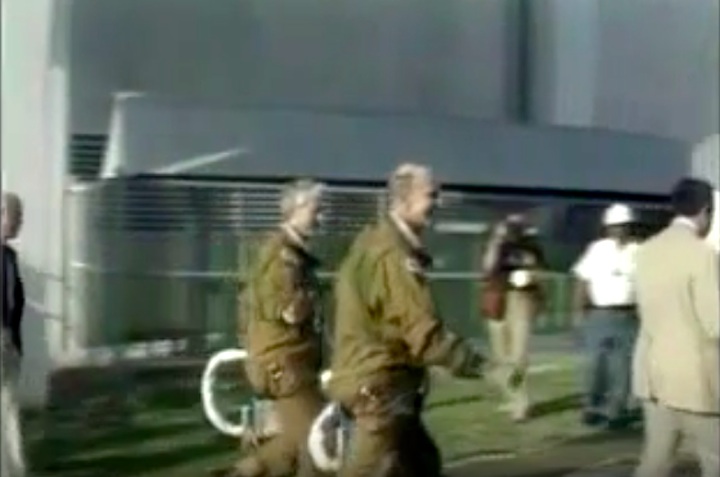
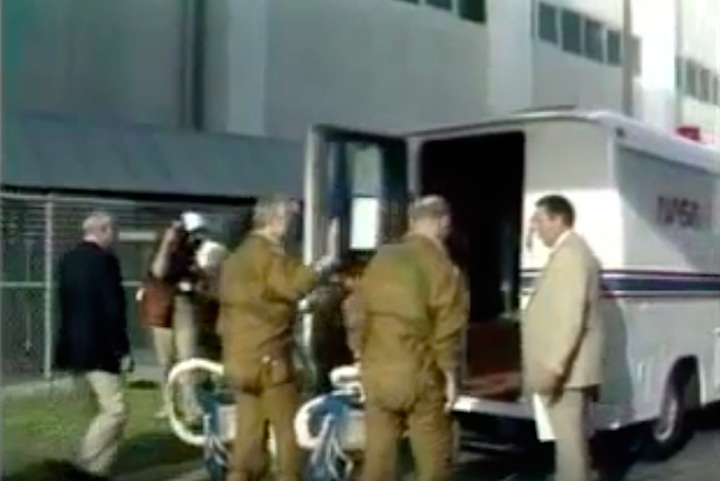
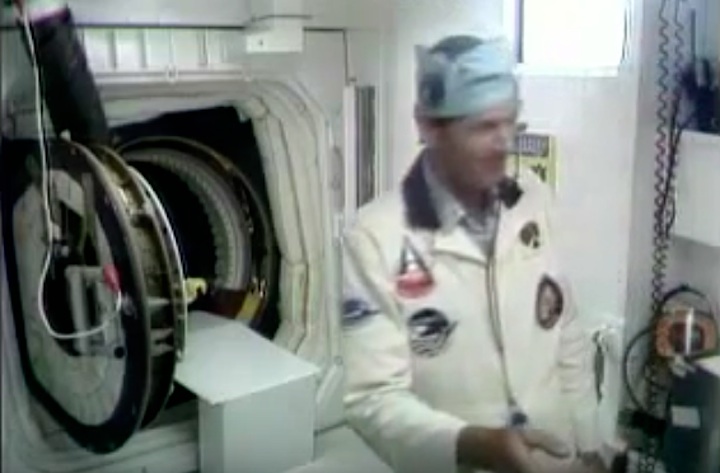

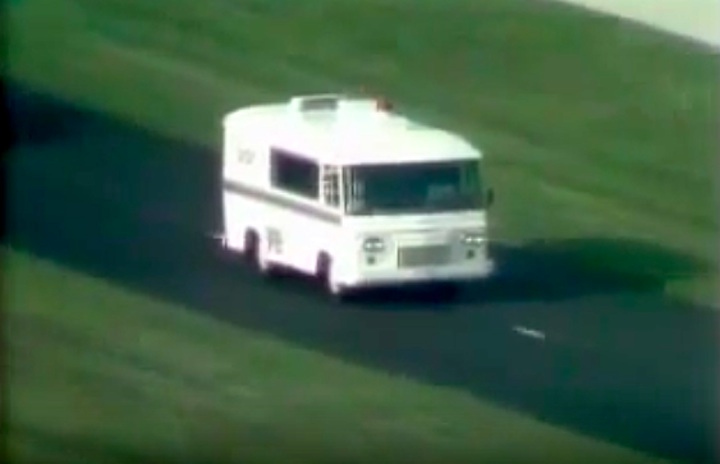
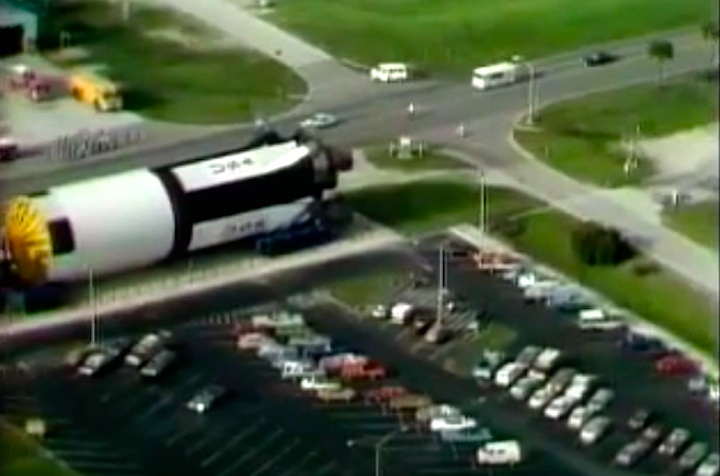
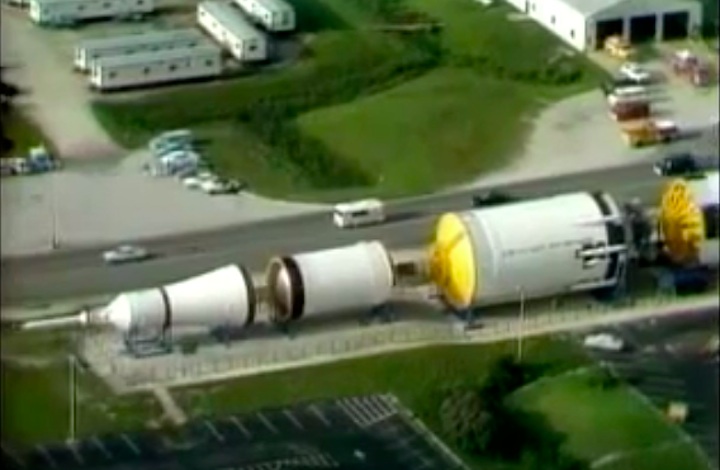
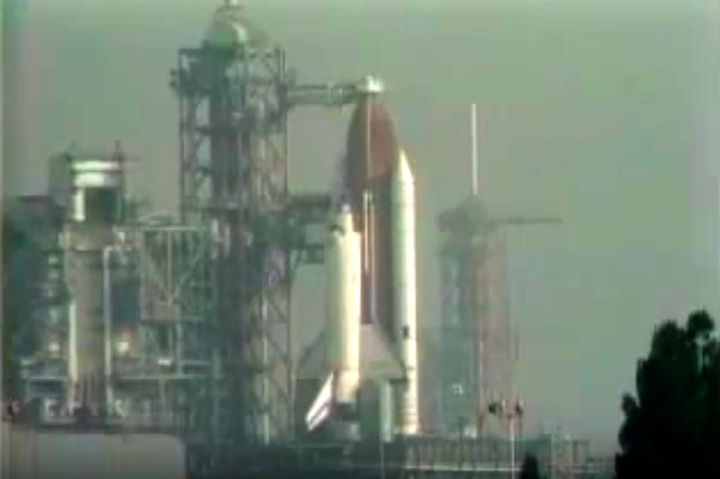
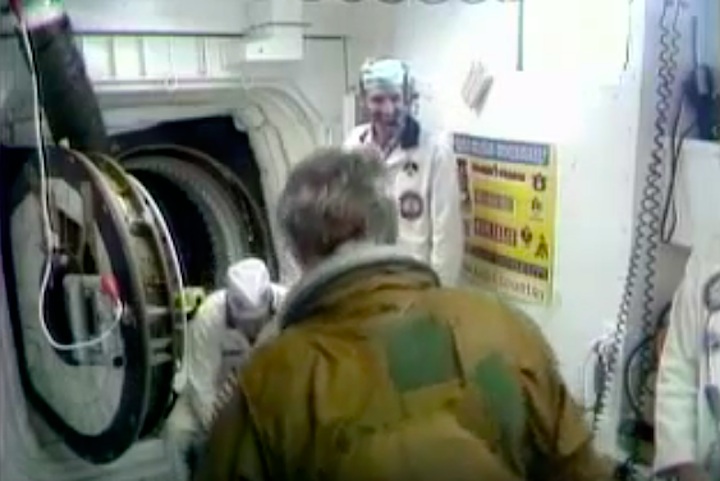
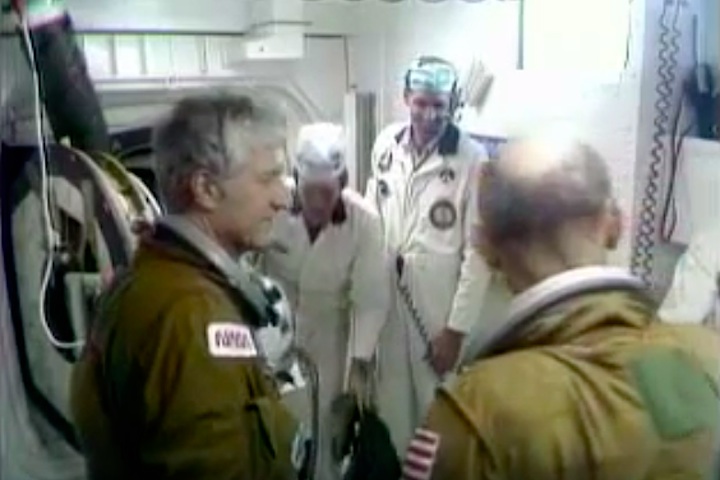




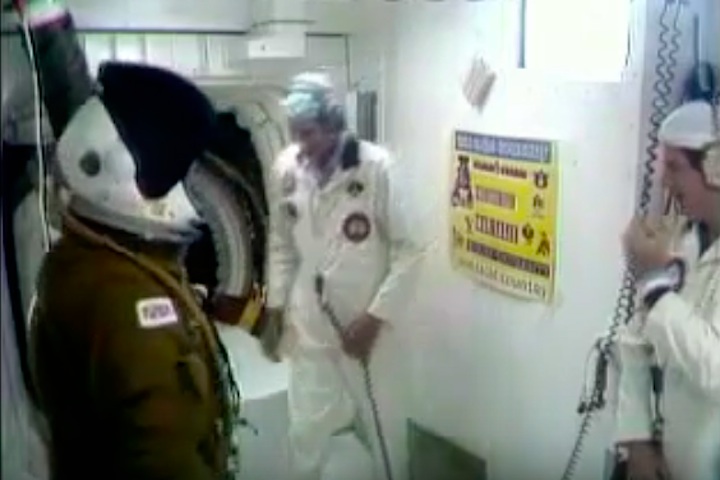


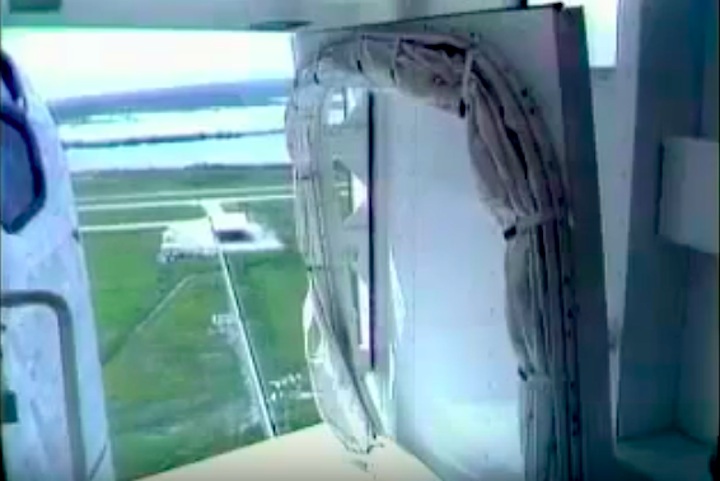
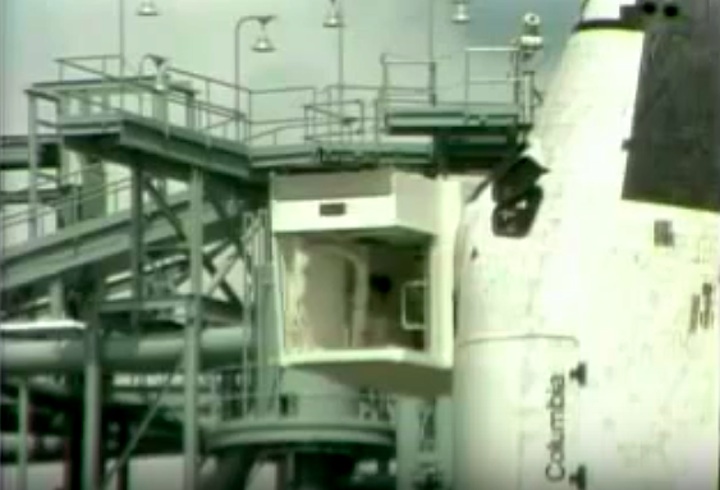
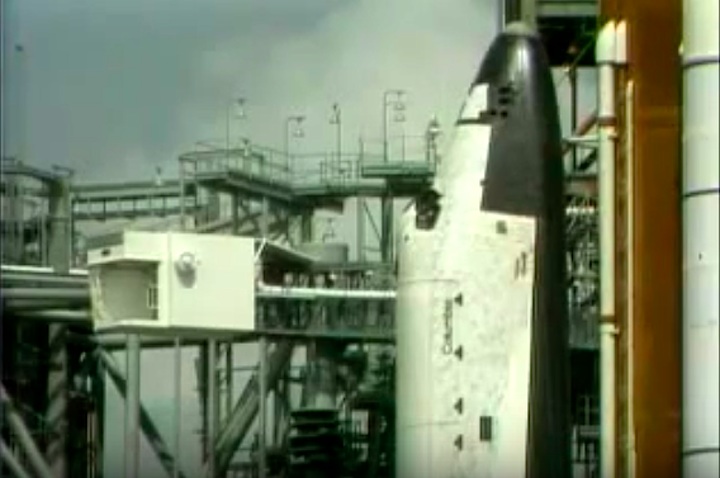
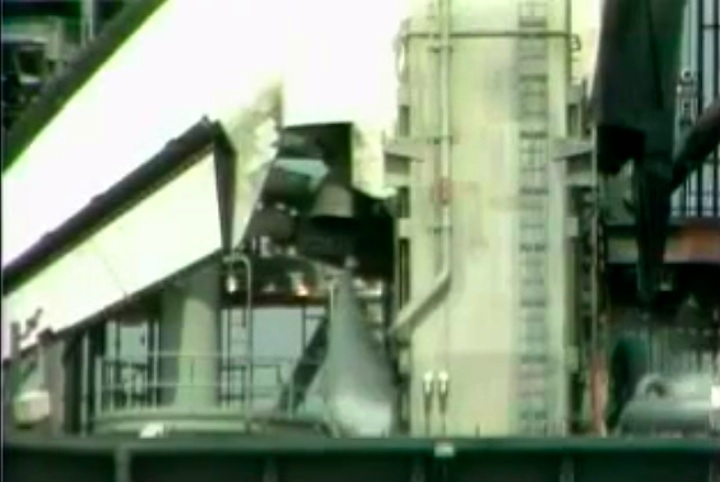
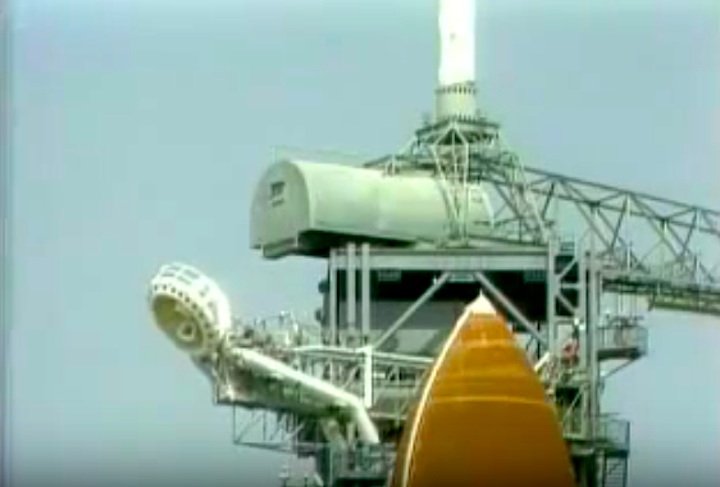
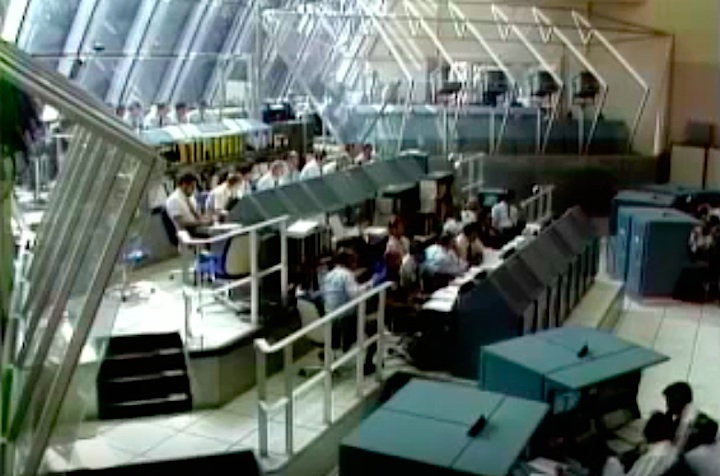
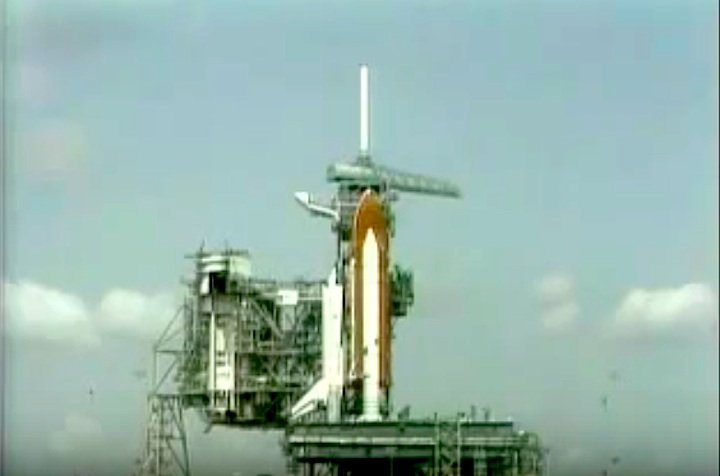
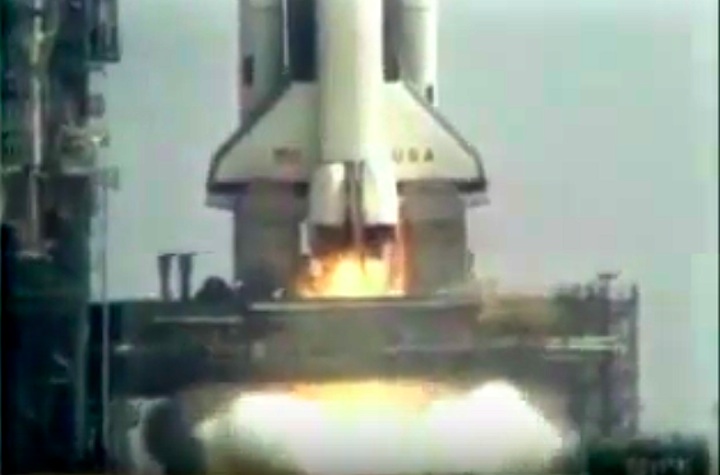
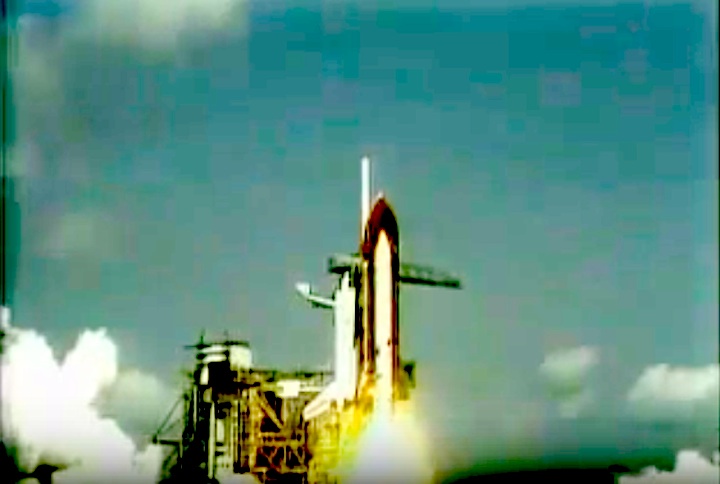
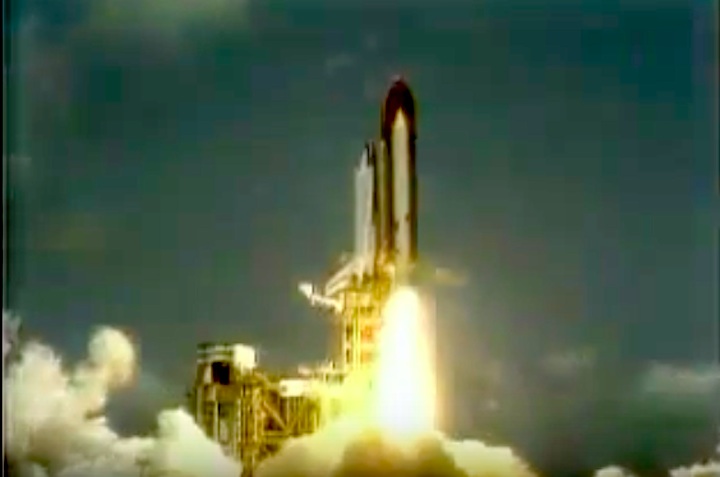
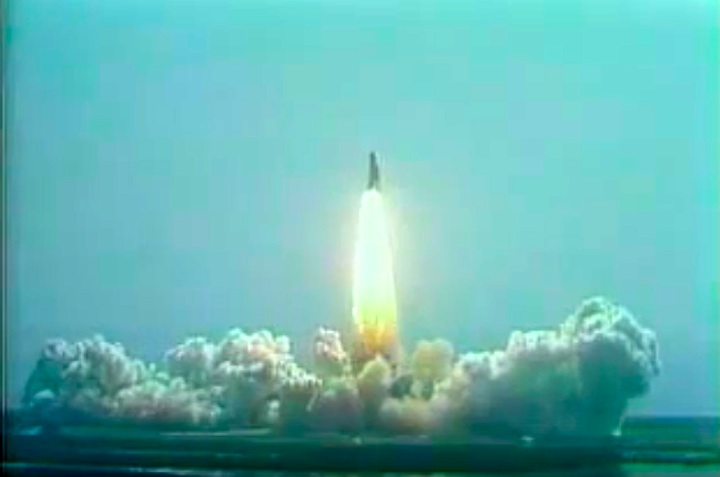
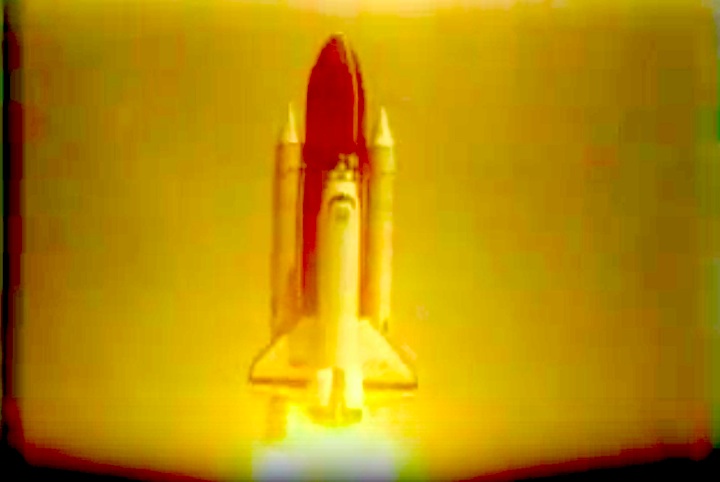
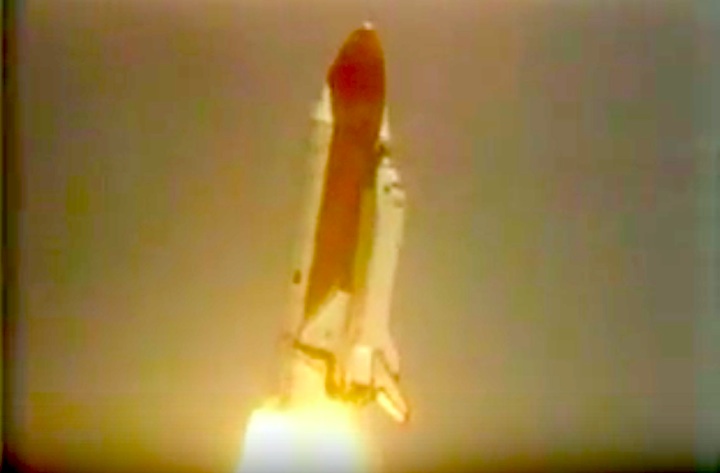

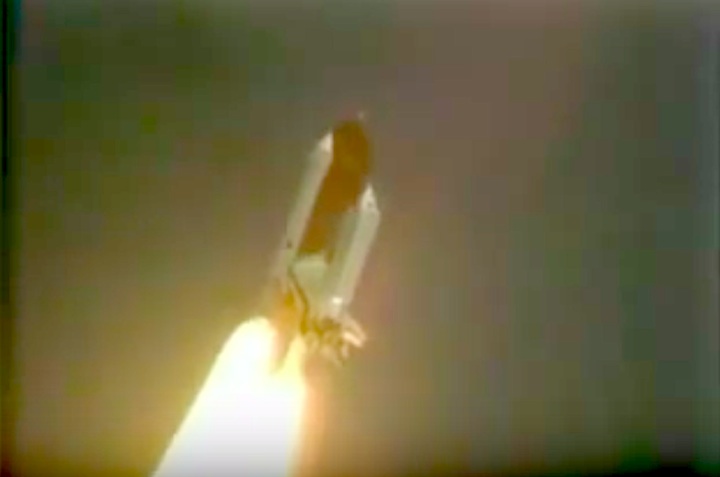
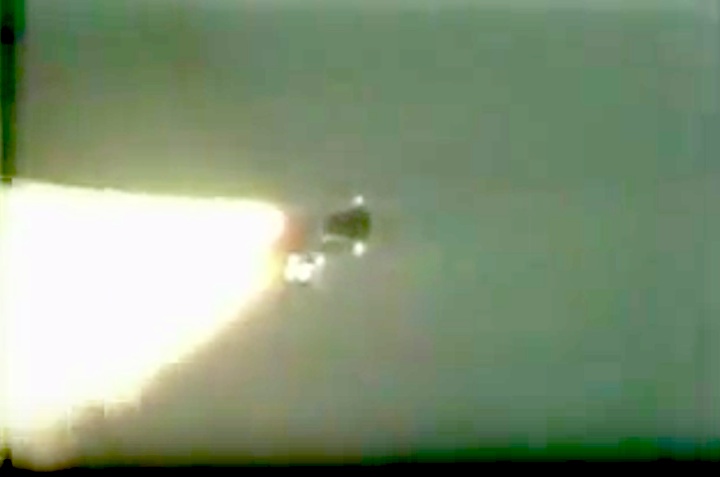
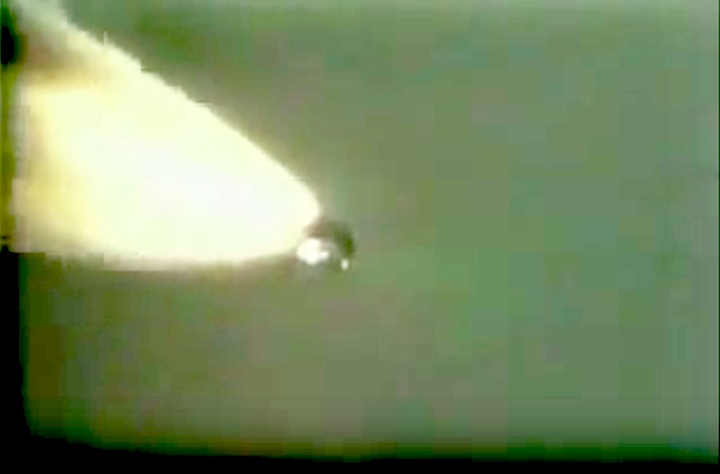
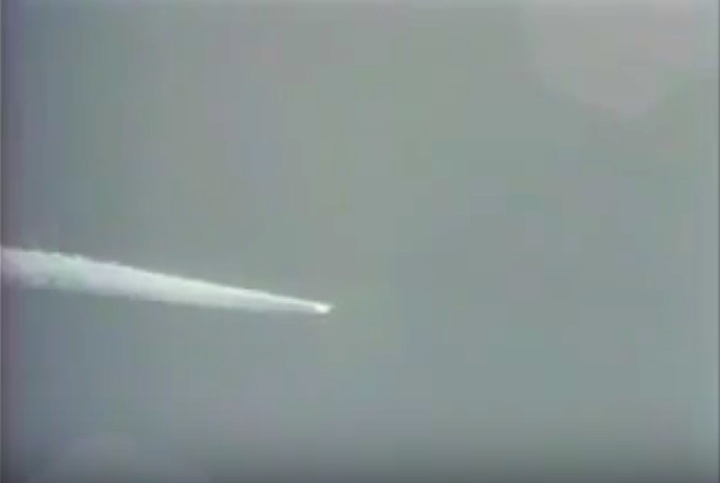
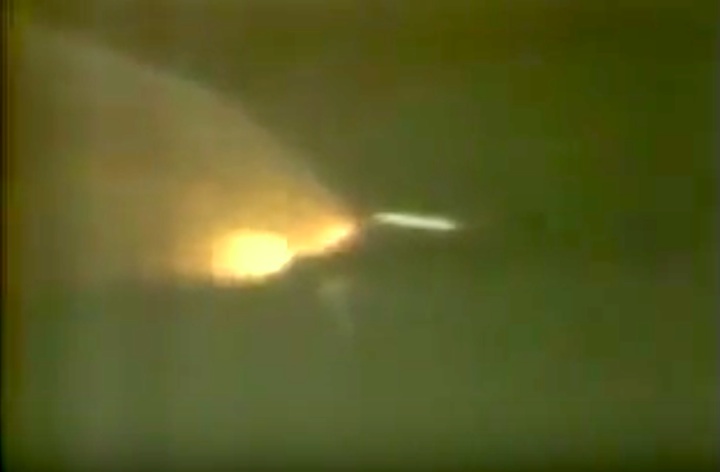
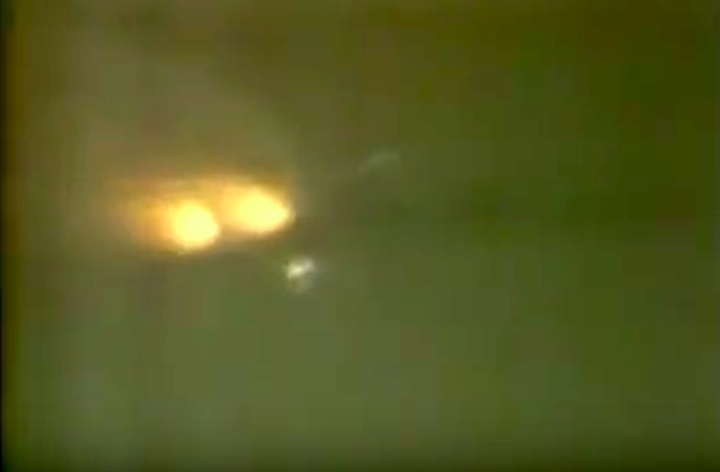
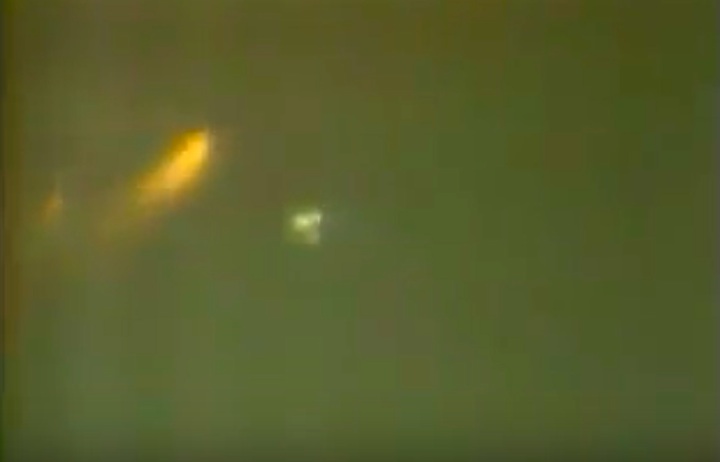
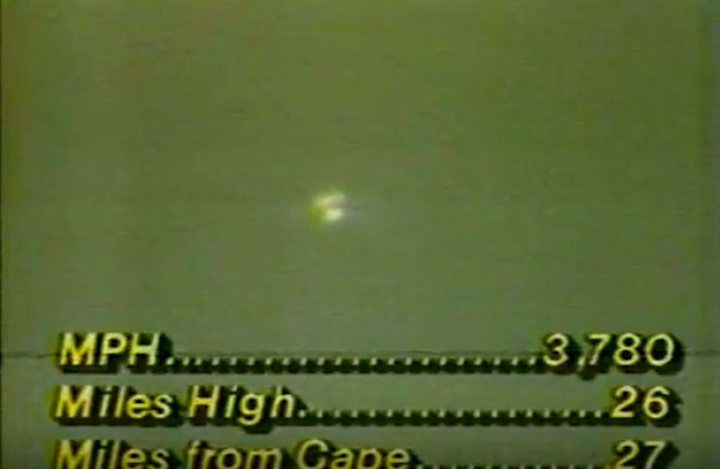
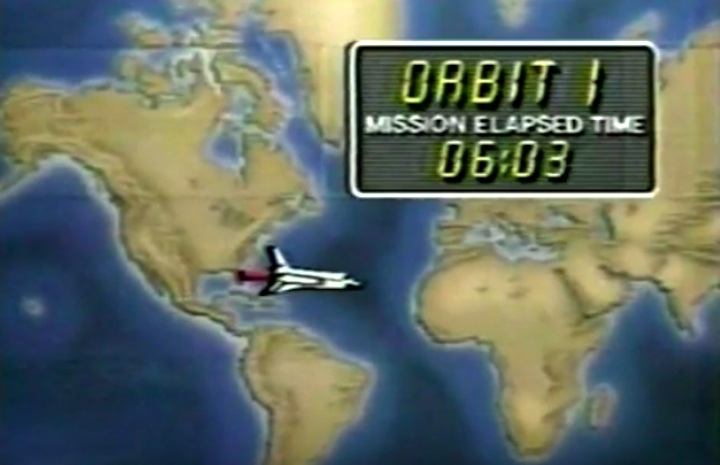
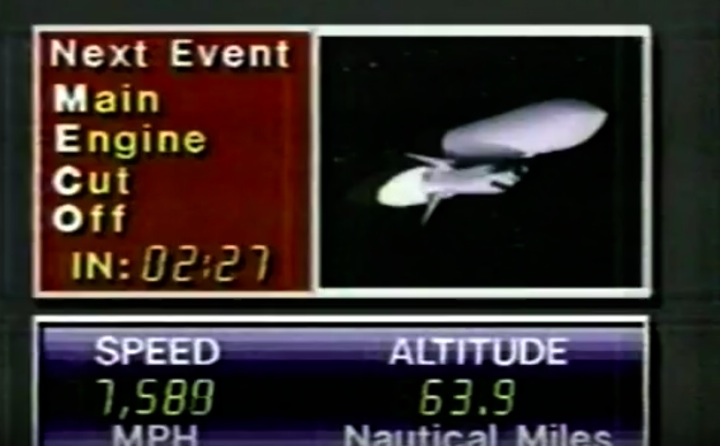
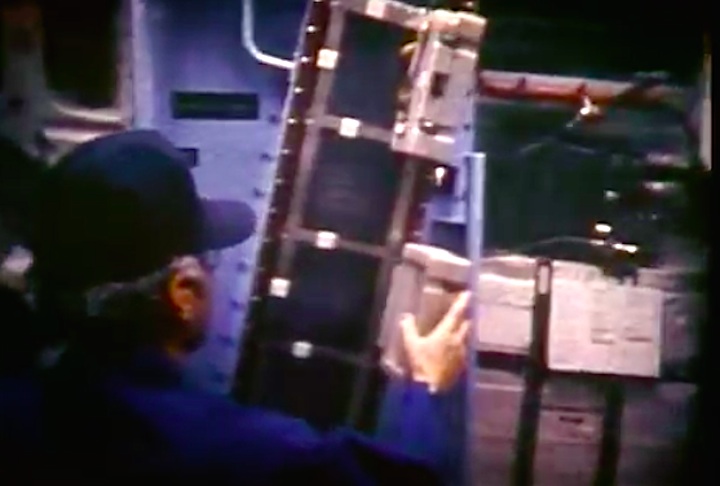
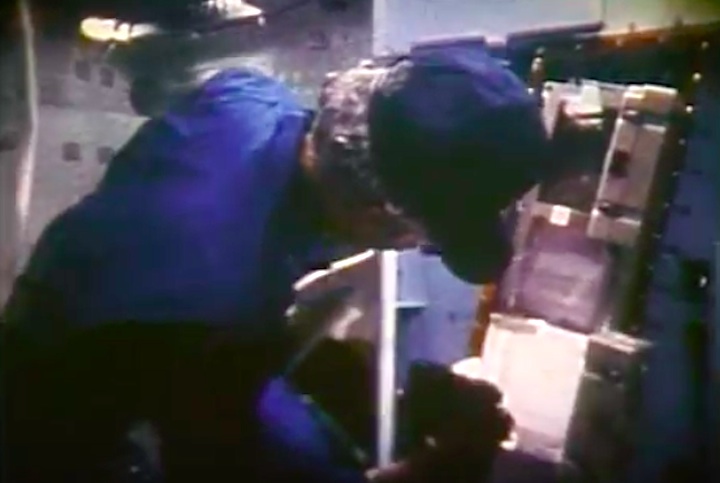
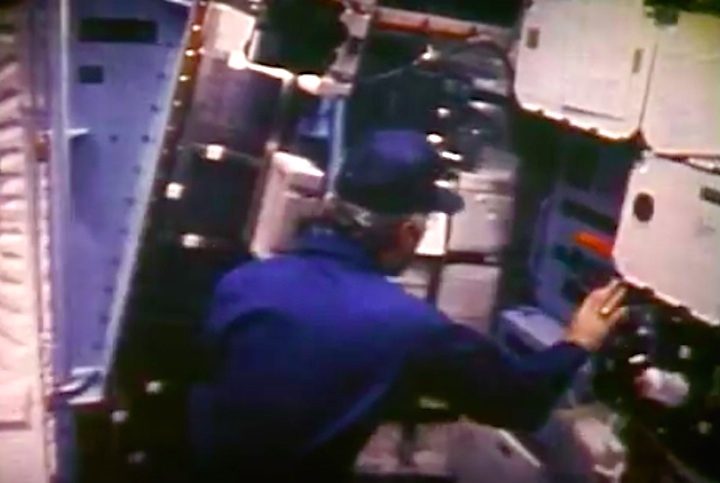

Steuerdüsen-Test
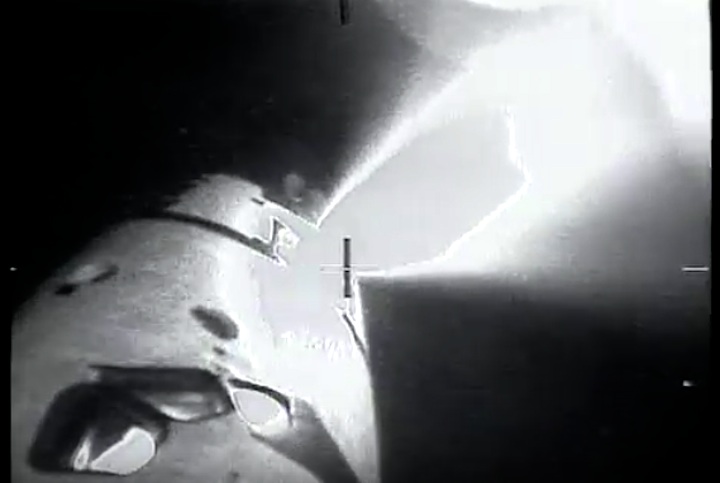
Steuerdüsen-Einsatz-Test
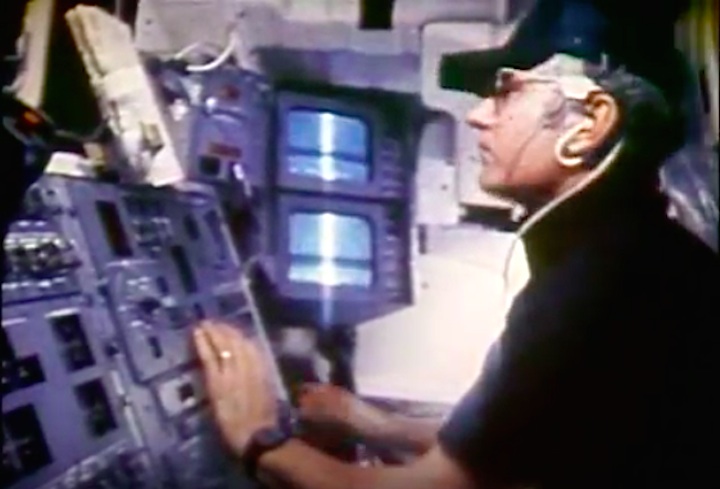

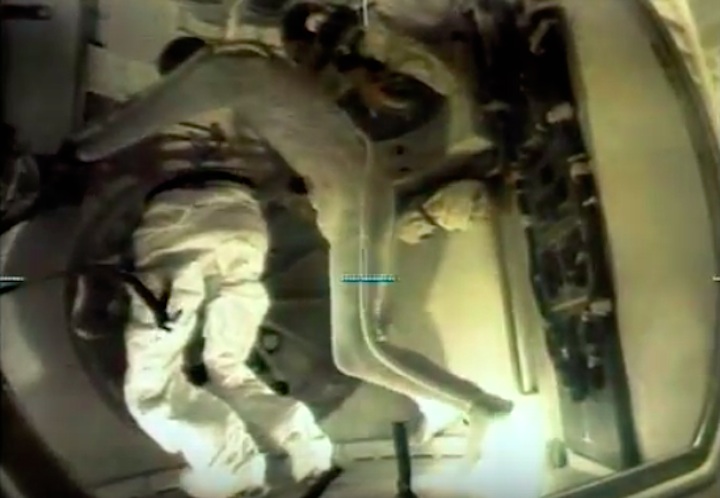
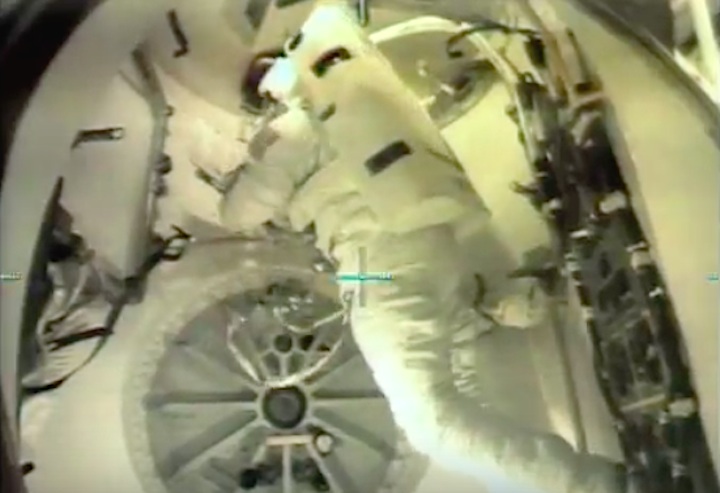


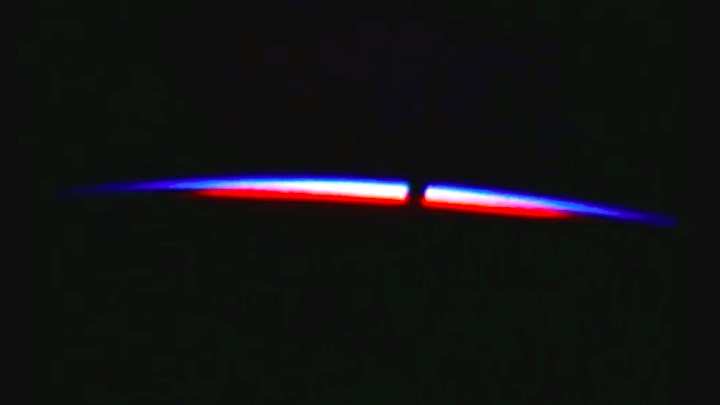
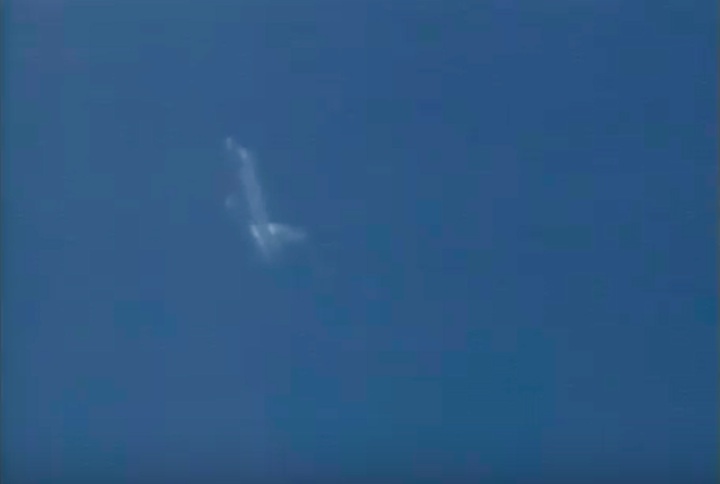
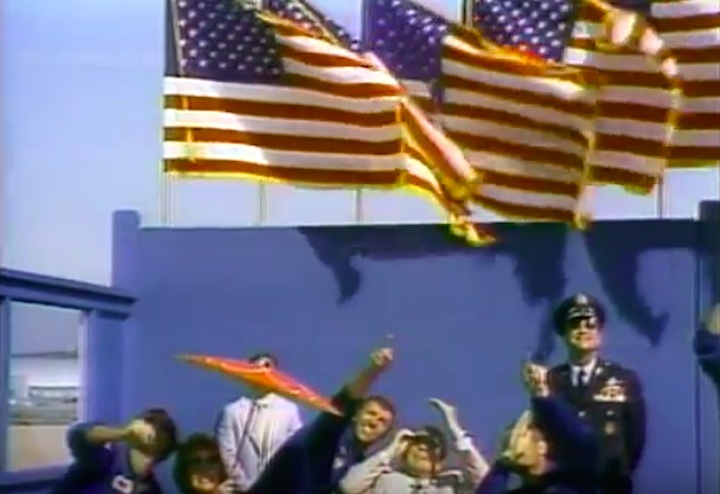
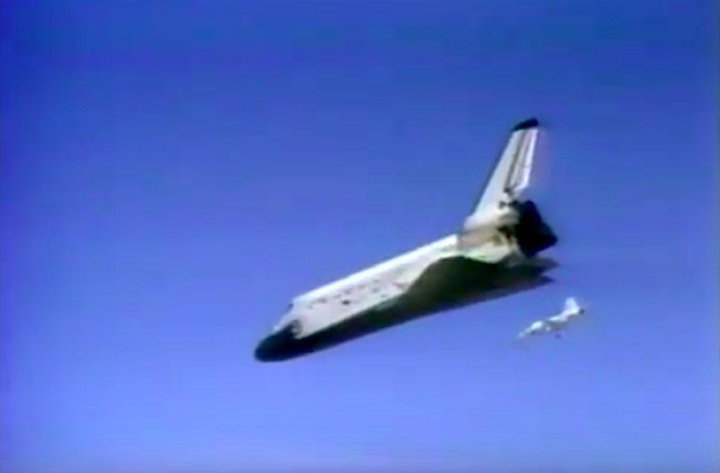
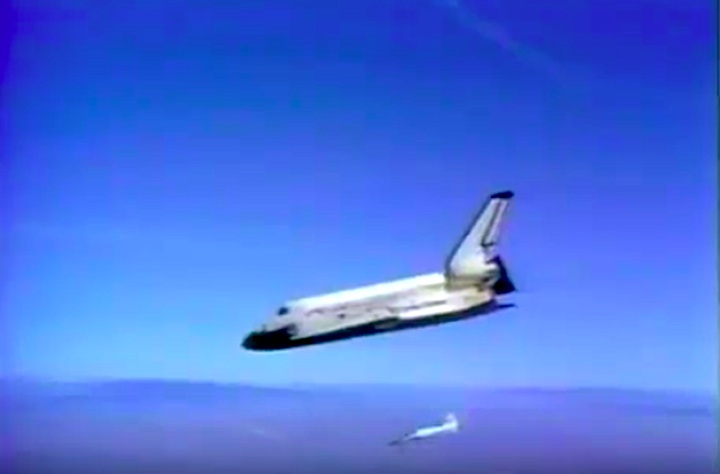

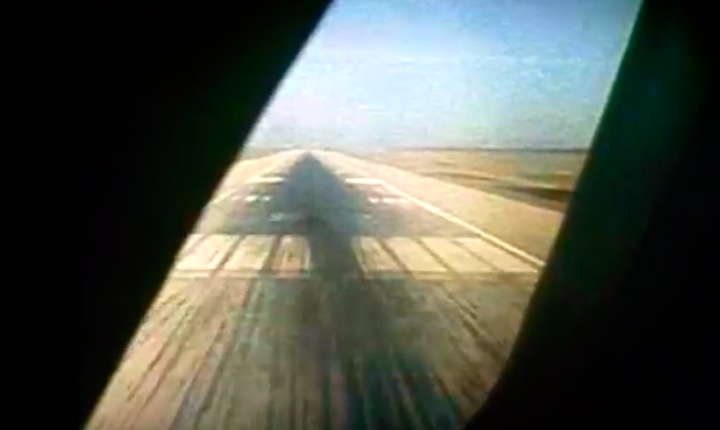
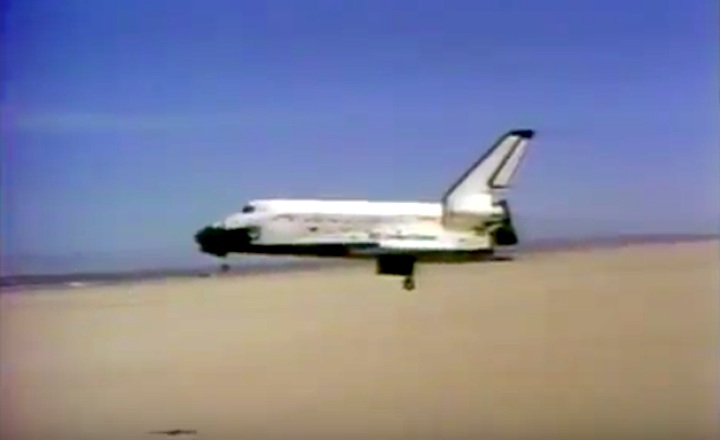

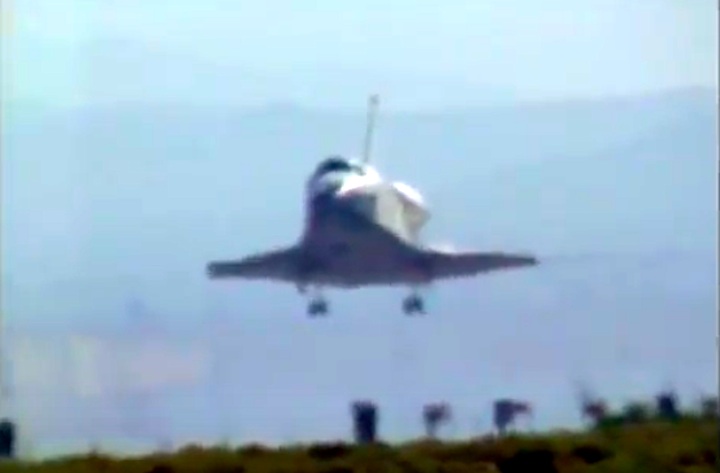
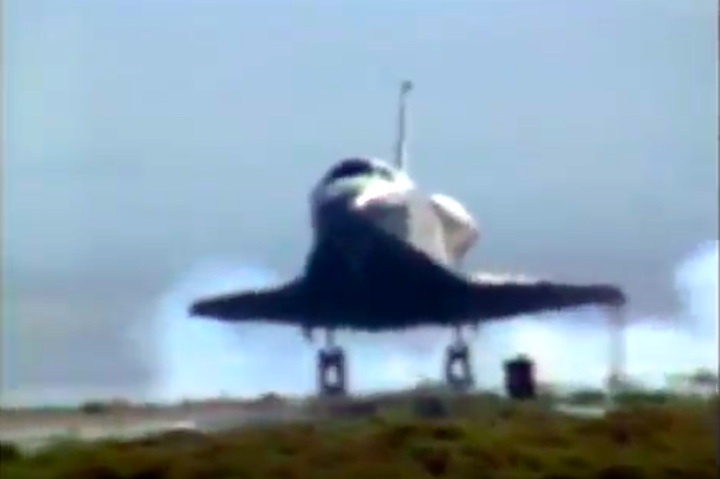
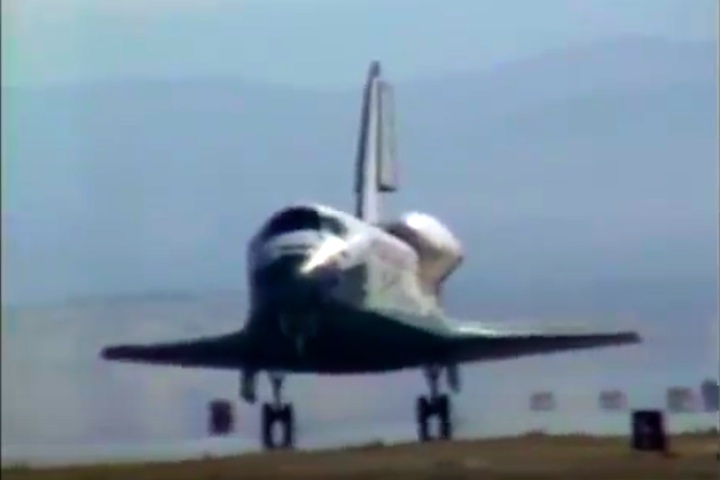
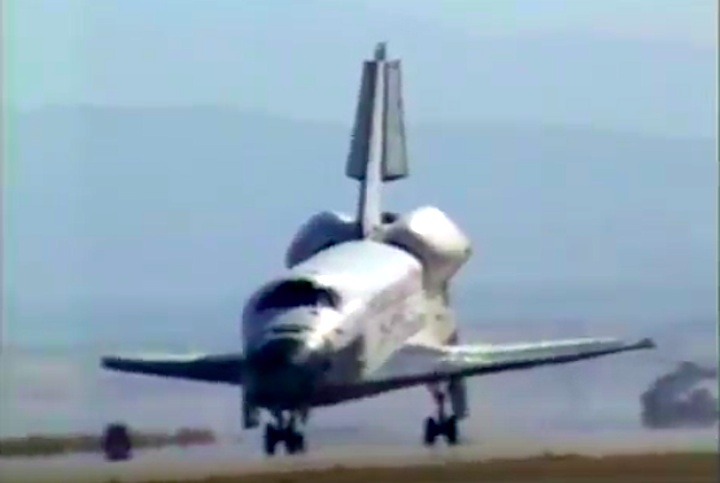
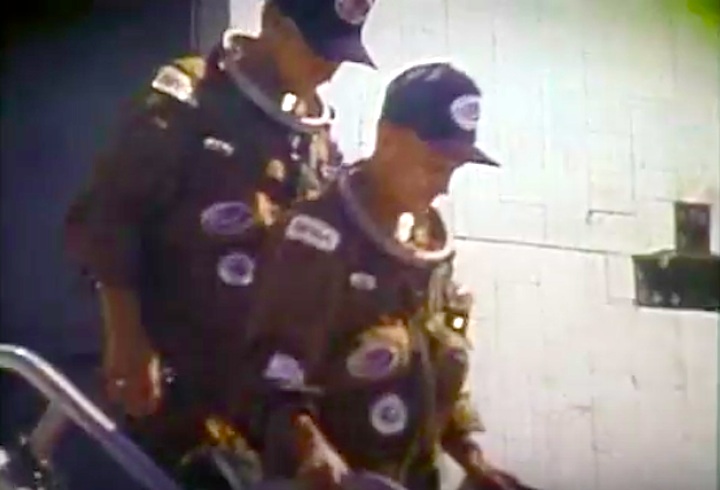
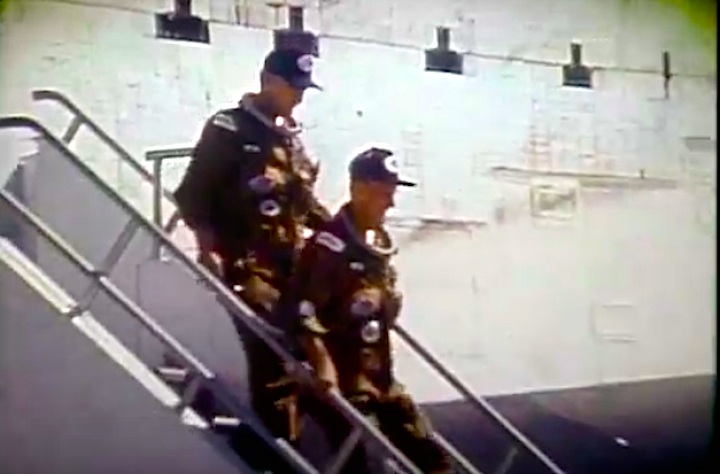
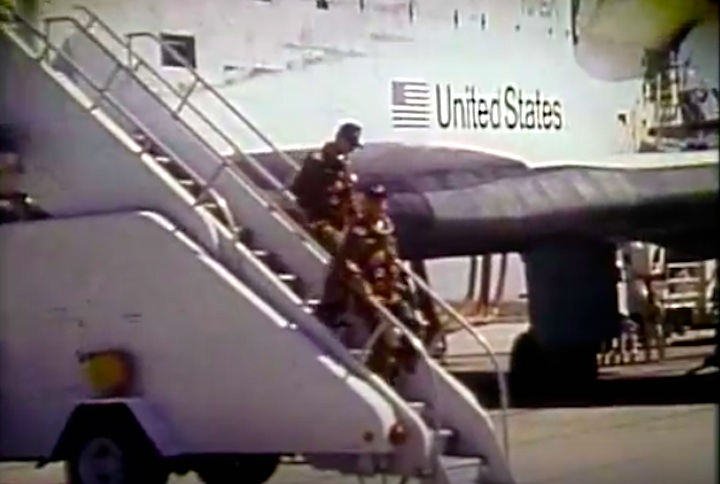
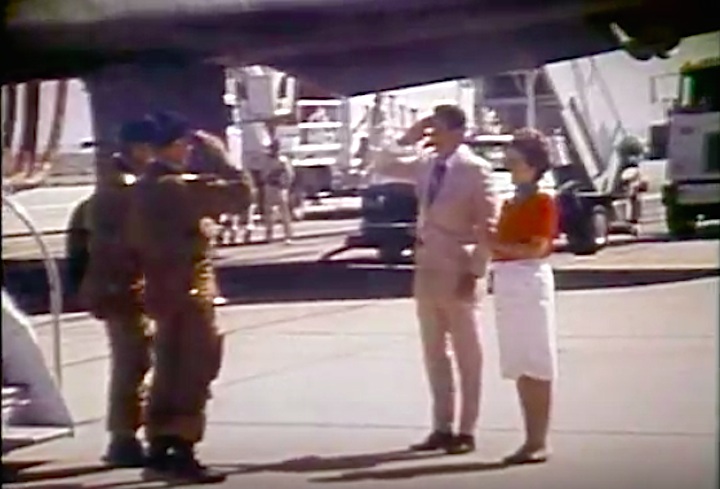
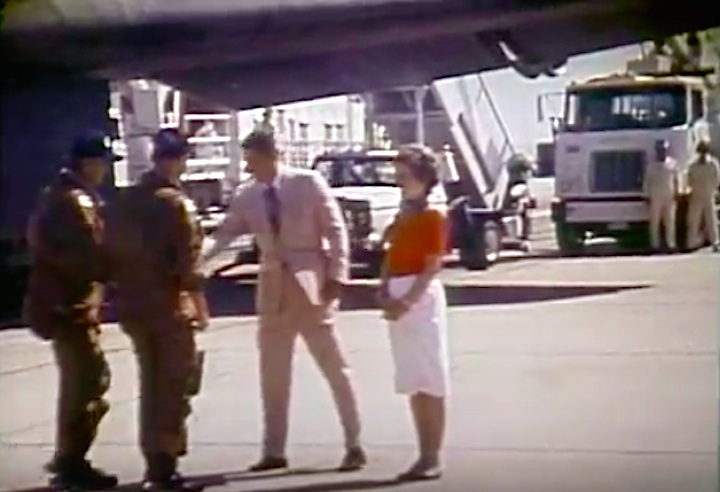
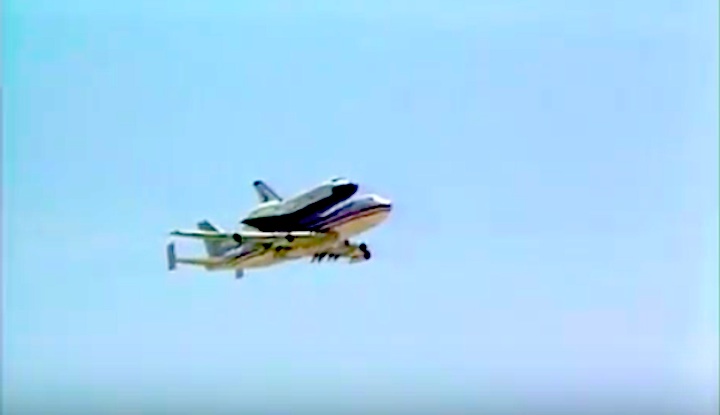
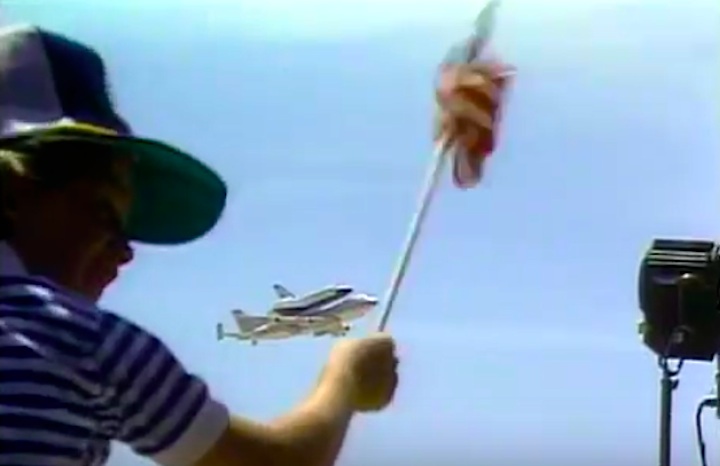
Quelle: NASA
